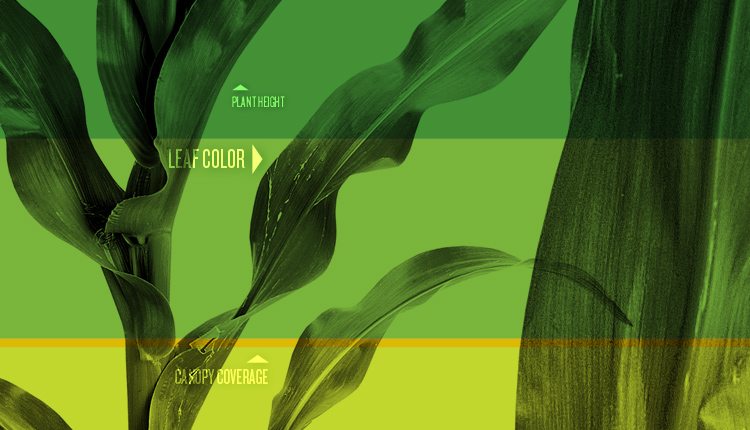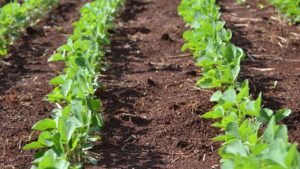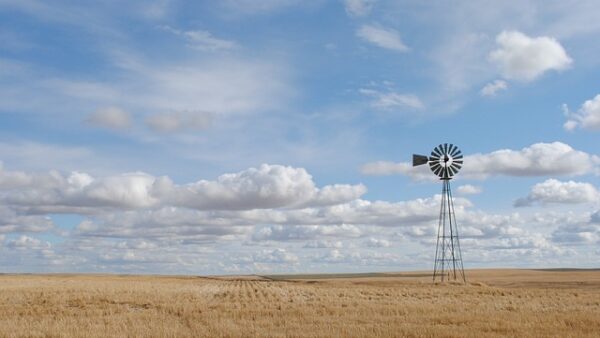Purdue University’s new automated plant phenotyping facility promises to benefit researchers by quickly generating more information about plants in the field.
It’s an area of plant science that is relatively new — employing automation to make data collection easy, effective and much less labor intensive for scientists phenotyping crops.
Today, much of the phenotypic information for plants is collected by hand, which means there’s a great deal of room for error and differences in characterization from person to person, say researchers. All this is about to change, as Purdue University will soon unveil a $10-million facility that automates crop phenotyping.
“We’ll have the capacity to look at all the plants in our fields on an hourly, daily or weekly basis,” says Mitch Tuinstra, scientific director of the plant sciences research and education initiative, noting that’s not possible with the traditional method of hiring students to gather phenotypic information by walking the fields armed with height sticks. “What we’re trying to do is measure a lot more traits, more often, and use that information to get a better understanding of what the plants are doing genetically.
“We need to be able to understand how those genes impact plant growth and development, so we can then use that information to engineer and develop even better varieties than we have today.”
Measuring phenotypes — the observable characteristics of a plant such as canopy development, leaf area, height and photosynthetic ability — is an integral part of plant breeding. The new facility will develop automated systems that collect billions of field measurements, with the goal of helping researchers identify plants with the most desirable traits so they can develop better varieties.
The 25,000-square-foot automated plant phenotyping facility is scheduled to open in the spring of 2016 at Purdue’s Agronomy Center for Research and Education in West Lafayette, Ind.
The automated plant phenotyping facility is part of the Purdue Moves initiative, which calls for the university to focus on science, technology, engineering and math; engage in world-changing research; and provide transformative education. Investing in research for plant science is among the university’s three research priorities. The other two are computer science and drug discovery.
“We’re developing state-of-the-art systems that enhance our ability to characterize plants in greenhouse and field environments,” Tuinstra says.
He adds that the new facility won’t solely focus on the automated collection of phenotypic data, but will also be capable of processing massive amounts of data.
More and Better Data
With the advancements in technology, performing the genetic analysis is relatively cheap. “Essentially, we’re trying to make it inexpensive to do the phenotypic analysis, as well, and do that on a plant-by-plant scale across the whole farm,” Tuinstra explains.
The plan is to collect phenotypic data through state-of-the-art handheld devices and robotic instruments, such as sensor-equipped unmanned aerial vehicles, or drones. Tuinstra says Purdue is also in the process of developing a vehicle called the “phenomobile,” which is capable of collecting a barrage of data on the ground.
Sonny Beck, CEO of Beck’s Hybrids, says a sophisticated ag tool like Purdue’s automated plant phenotyping facility has numerous benefactors.
“It’s definitely a good thing, not only for the seed industry but also for farmers,” he says. “It’s a science that can be applied to seed production, commercial farming and other areas of agriculture. It gives you better data and more of it, faster.”
This research investment is cross-disciplinary bringing together agriculture, computer science and engineering. Graduate and undergraduate students will also have access to collaborative research and the facility’s cutting-edge phenotyping equipment, fostering Purdue’s goal to create unique learning opportunities for the next generation of plant science leaders.
According to Beck, the facility is just one way the university is looking ahead in its commitment to help feed the world’s growing population.













